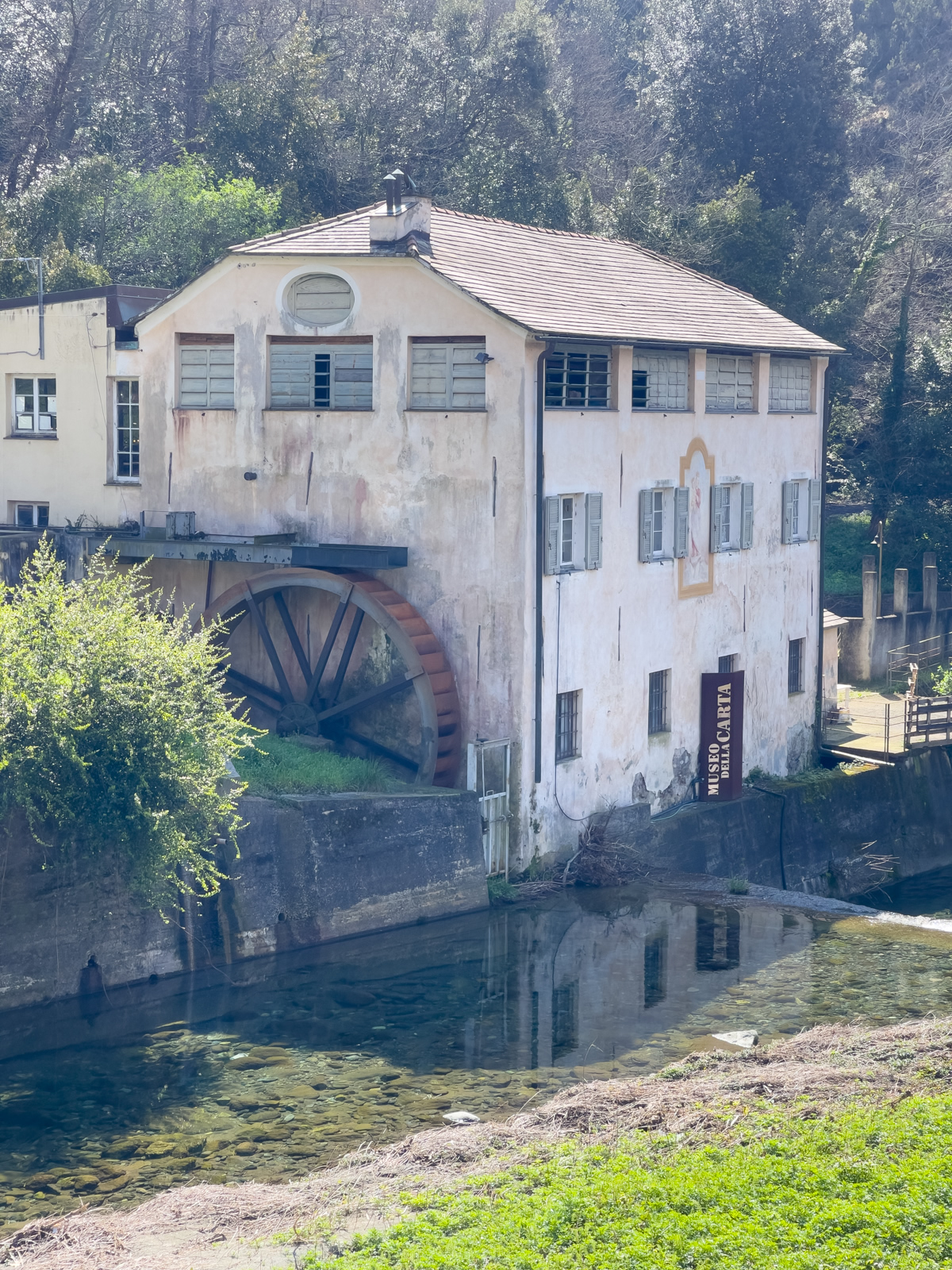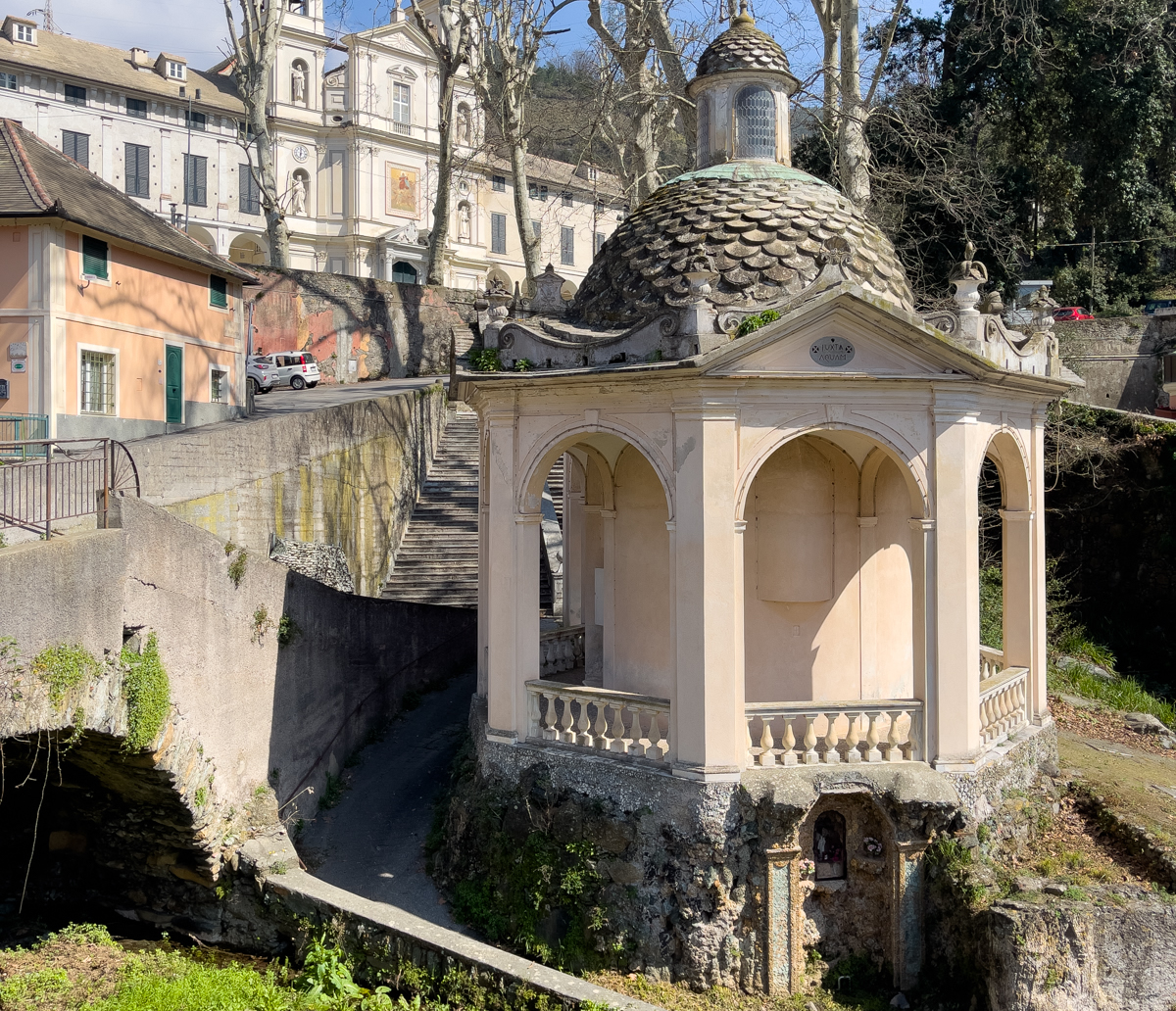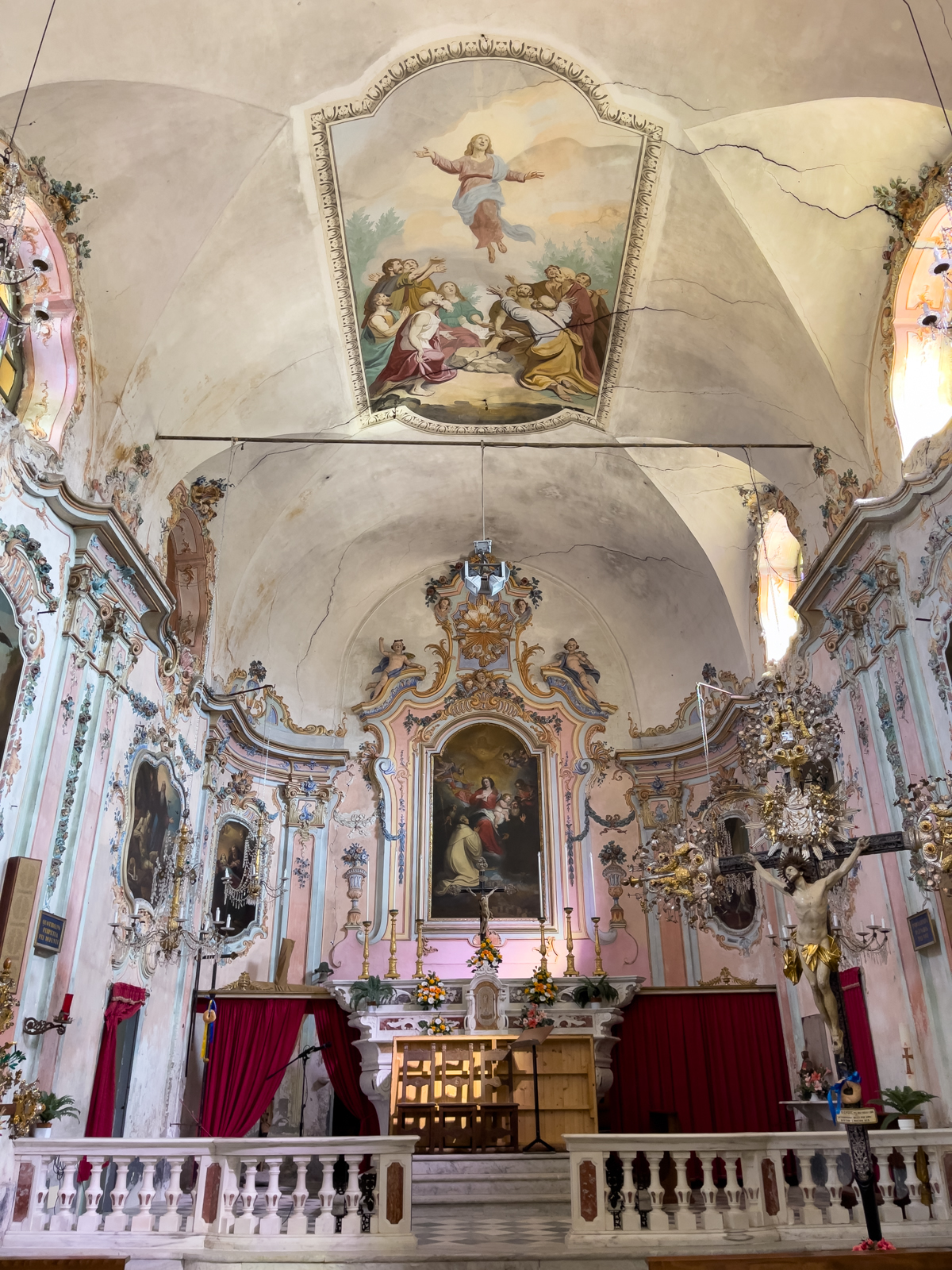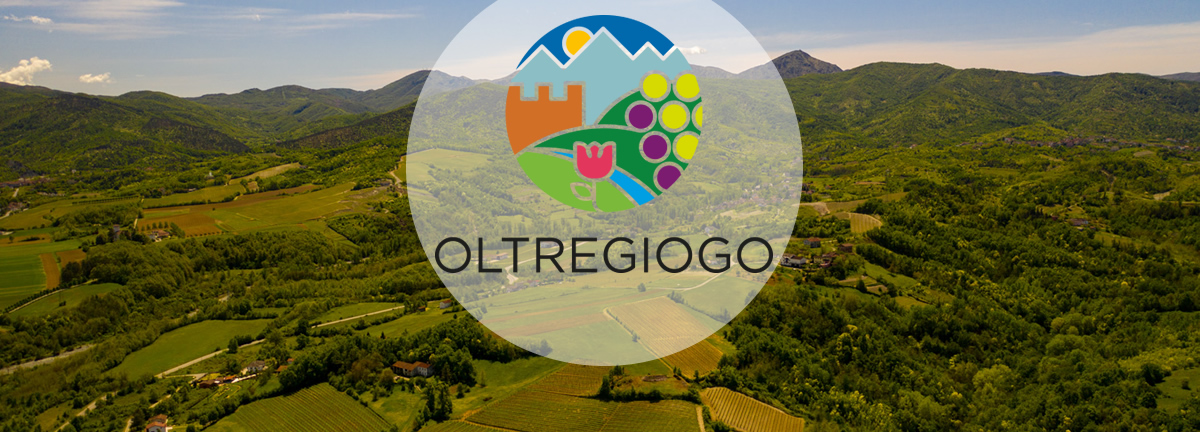The first documentation relating to the existence of a rural community called Mele, Melle or Amele dates back to the 13th century, when it was first included in the podisteria and, later, in the captaincy of Voltri, within the borders of the Republic of Genoa.
The natural and geographical characteristics of the Leira valley allowed the spread of ironworks in the 14th century. From iron it moved on to paper, while movable type printing spread and, starting from the 15th century, paper mills developed from which a product of the highest quality emerged, widespread throughout Europe: still documented today in archives, libraries and museums; among the latter, the British Museum in London.
THE PAPER MILLS
For many centuries the torrents and abundant waters favoured the building of paper mills. This industry was born in the 15th century and developed to such an extent that, in the 18th century, there were 60 paper mills in the area, each specialized in a particular production: fine and watermarked paper, paper for royal documents and paper for foodstuffs.
The paper was made with linen and hemp rags, which, mixed with water, were beaten into piles, moved by the force of the water falling into the stone or marble basins. The frayed rags became mush, called “pisto”, which, passing through the screens and the felts, was transformed into paper.

PAPER MUSEUM
The testimony of the ancient knowledge of papermaking art meant that the Antica Cartiera Sbaraggia, built in 1756 in the hamlet of Acquasanta, remained active until 1985 and subsequently became a museum.
The museum itinerary follows the journey that rags took to become new paper. The rooms of the museum are in fact the rooms of the factory and the paper mill itself and, still today, as though time itself has come to a halt, the machinery used up until 1985 can be seen.
During the visit, the Master Papermaker illustrates all aspects of this ancient activity, up to the creation of a real sheet of handmade paper.
THE SPA
The spa, immersed in the splendid setting of the Apennines, is located in the hamlet of Acquasanta and in the Municipality of Genoa Voltri. They are still functional both in winter and summer, and are recommended for airway pathologies.
ORATORY OF SANT’ANTONIO ABATE
This oratory dates back to the 16th century, when the noble Marco Cattaneo, vicar of the Archbishop of Genoa, gave the men of Mele the power to build a house in honour of Sant’Antonio (1756).
The interiors are decorated with twelve paintings illustrating the life of Saint Anthony the Abbot, executed by Carlo Giuseppe Ratti (Savona, 1737–Genoa, 1795) starting from 1777, set in stuccoes by Rocco Cantoni, which recall the floral motifs then in vogue.

The oldest processional chest kept here was sculpted by an unknown Genoese carver in 1639, while the most precious is the one created by Anton Maria Maragliano in 1739, purchased in 1874, following the demolition of the homonymous Oratory of S. Antonio in Genoa.
In 1775, a Roccatagliata organ was installed, taken over by the Parish Church. At the end of the 19th century, it was replaced by the current organ commissioned from Giacomo Locatelli.
Also noteworthy is the wooden choir, made up of 20 stalls dating back to the end of the 1600s and the beginning of the 18th century.
THE SANCTUARY N.S. OF THE HOLY WATER
The history of the Sanctuary has remote origins, linked to the presence of sulphurous water in the area, once considered miraculous. It seems that a first church already existed in the 11th century, built near the source following the prodigious discovery of a statue of the Madonna, probably on the ruins of a pagan temple dedicated to the nymph Eja.
Construction work on the Sanctuary began in 1683, and valuable works were collected there, created by authors such as Anton Maria Maragliano and Francesco Maria Schiaffino (Genoa, 1689–1765), another important Genoese sculptor.
In 1832, it hosted the wedding of Maria Cristina of Savoy and Ferdinand II of Bourbon.
The facade presents several works. In the central compartment there is a fresco depicting the Assumption, inside the niches the statues of Saints Peter and Paul, of the venerable Maria Cristina of Savoy and of the venerable Giovanna Maria Battista Solimani: all these works were created by Giovanni Battista Traverso. Two plaques commemorate the marriage of Ferdinand and Maria Cristina and the visit of Pope Benedict XV, when he was still Bishop of Bologna.
The main altar is the work of Francesco Maria Schiaffino, while the statue of the Madonna is the work of Tomaso Orsolino (17th century).
On the sides of the two columns of the main altar, there are two statues depicting Saint Anna and Saint Joachim sculpted by Pier Giuseppe Saggini in 1814.
Then there is the Altar of the Cartai, offered by them to their patron saints.
Before reaching the Sanctuary, there is the Chapel of the Apparition which houses the ancient Statue of the Virgin.

Gallery
